Supercomputing: Concepts
Figure 1
Amdahl’s law and limits on scalability (image
from Wikipedia)
Figure 2

Cray-1 Supercomputer at Bell Labs
(Circa-1976)
Figure 3

With a peak performance of 2.79 exaFLOPS, El
Capitan comprises more than 11,000 compute nodes and provides Lawrence
Livermore National Laboratory with a flagship machine 22 times more
powerful than its previous fastest supercomputer, Sierra. (Photos: Garry
McLeod/LLNL)
Figure 4
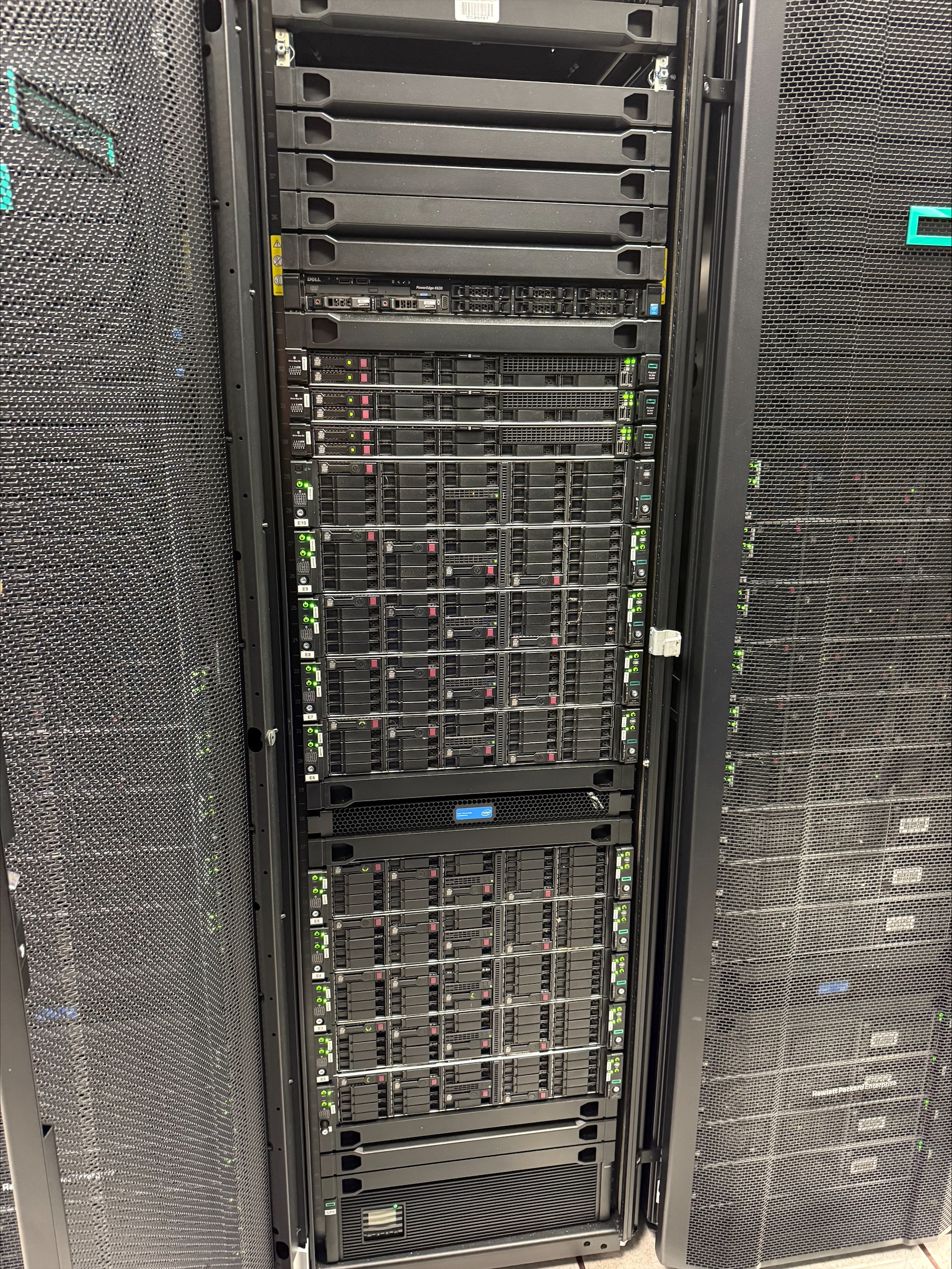
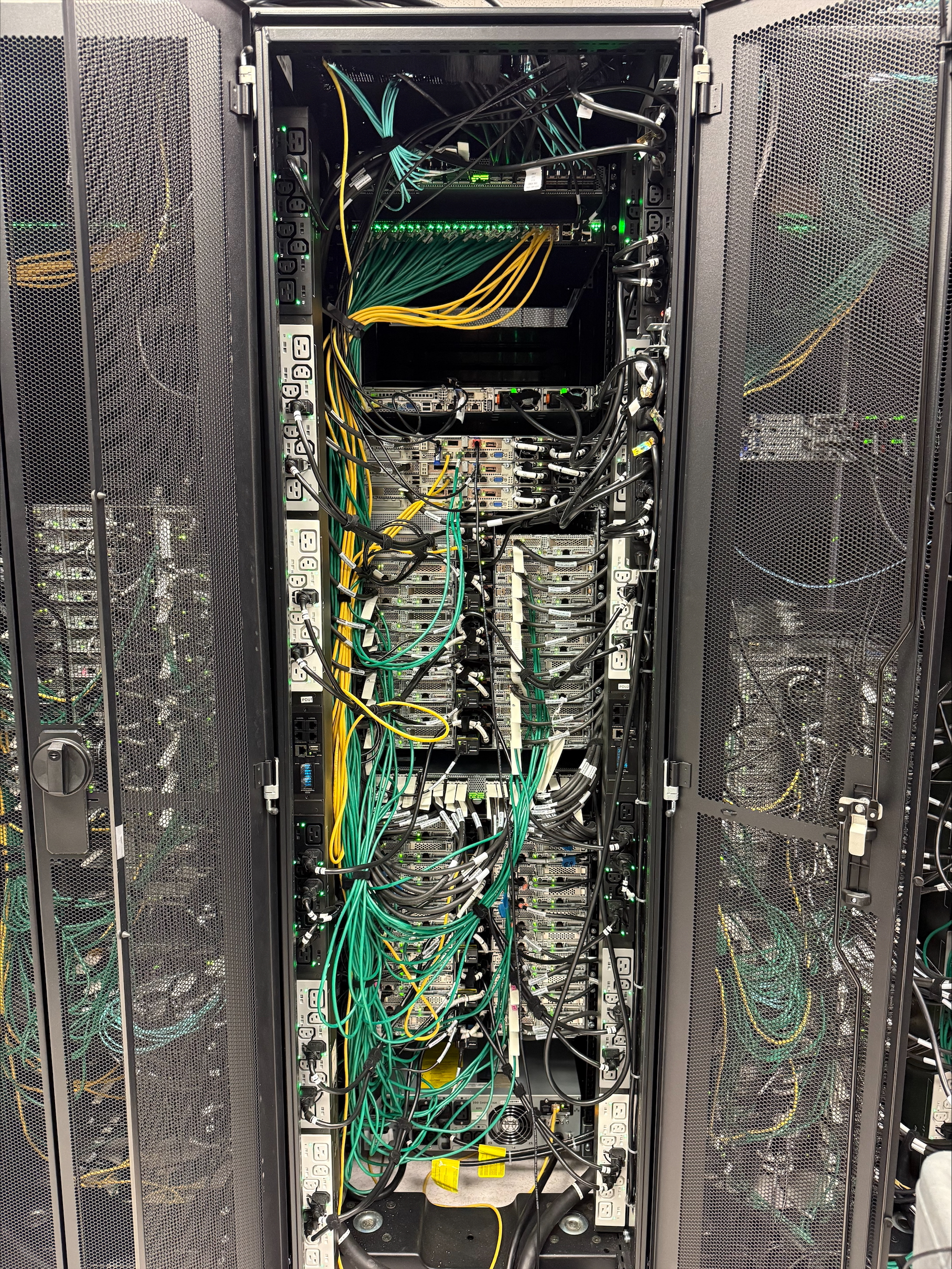
Figure 5
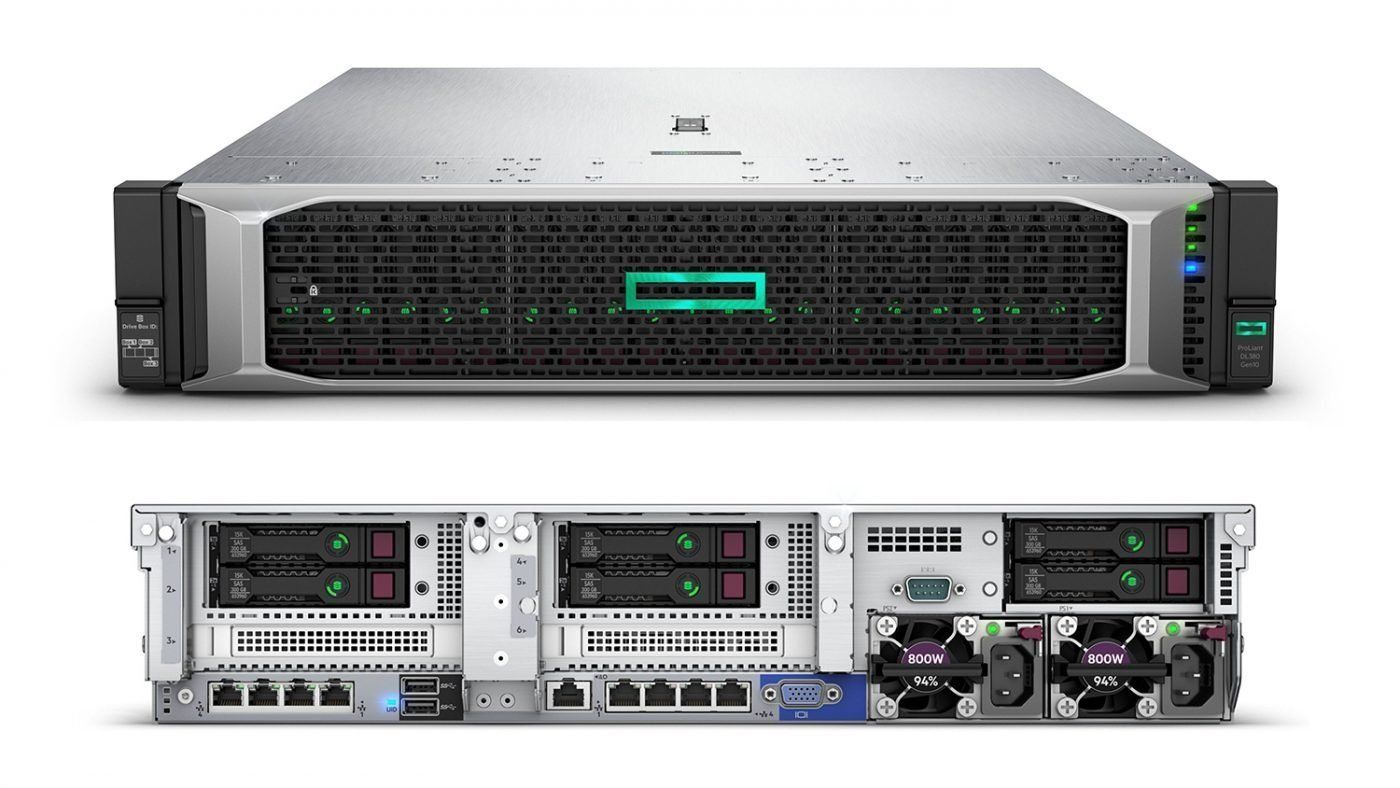
Compute node (front and back)
Figure 6
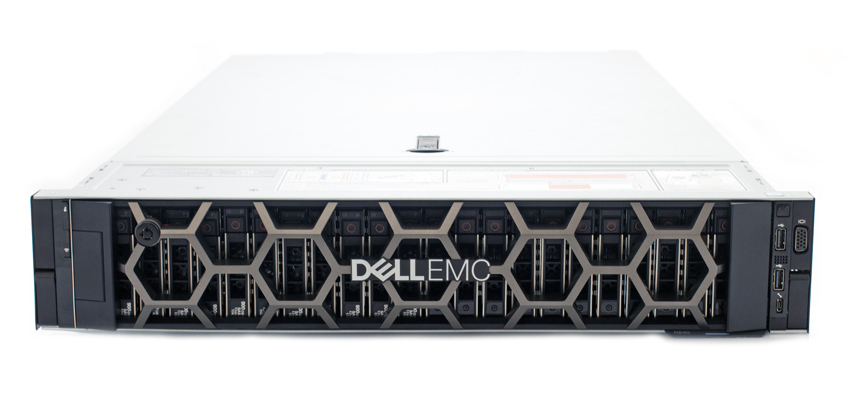
Compute node (front)
Figure 7
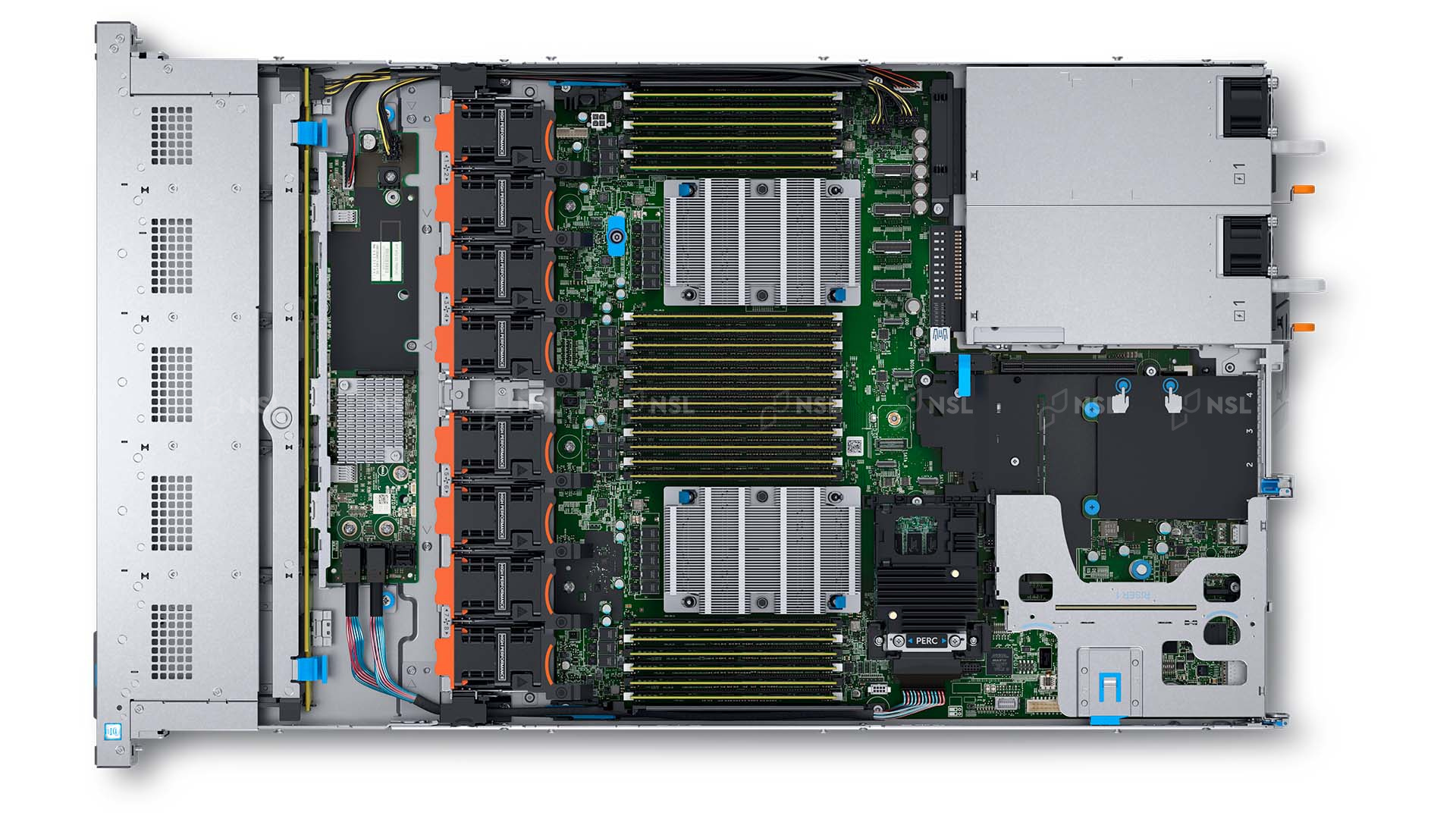
Compute node (top)
Figure 8
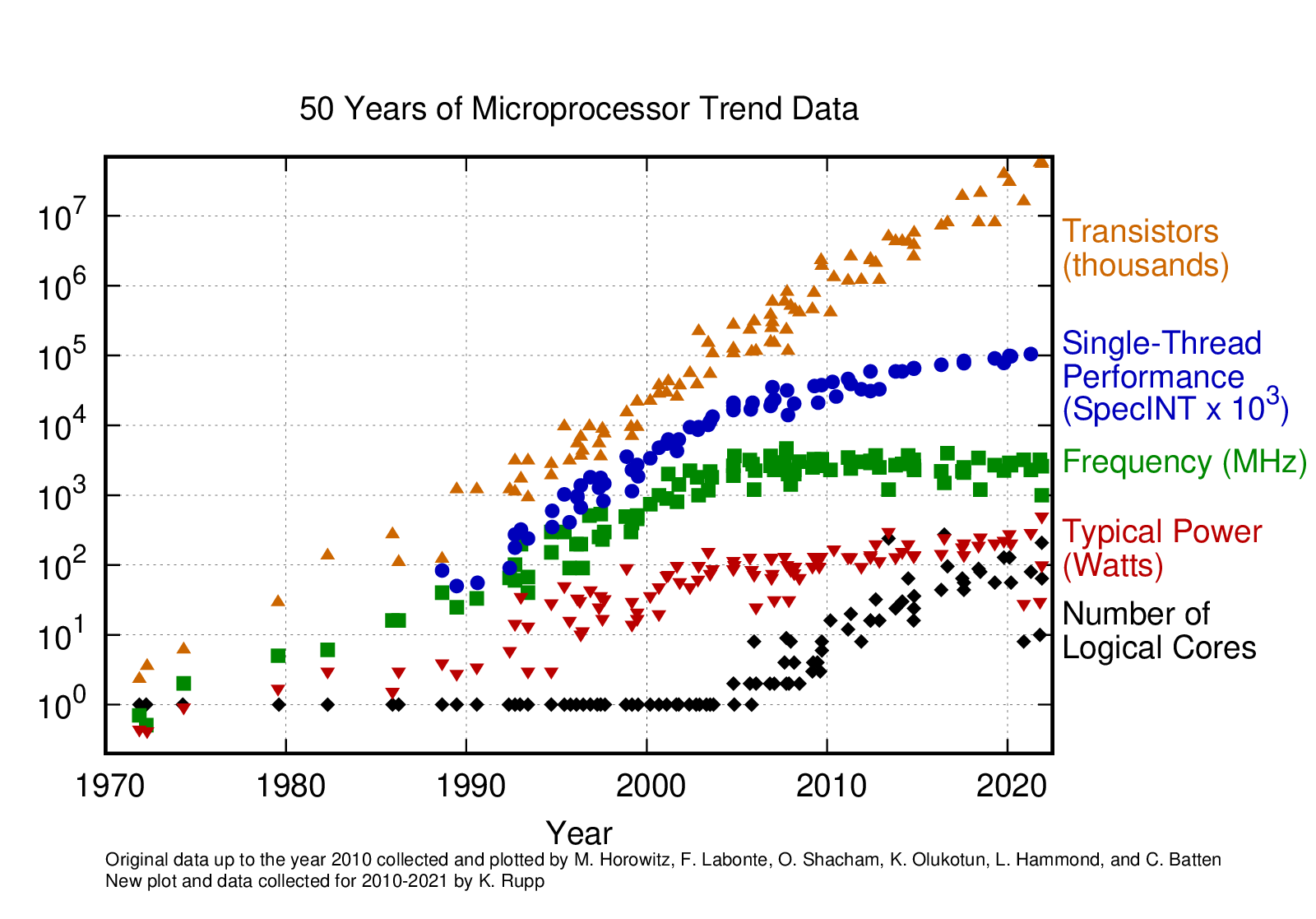
Microprocessor Trends (Performance, Power and
Cores) [1971-2021]
The Life Cycle of a Job
Figure 1
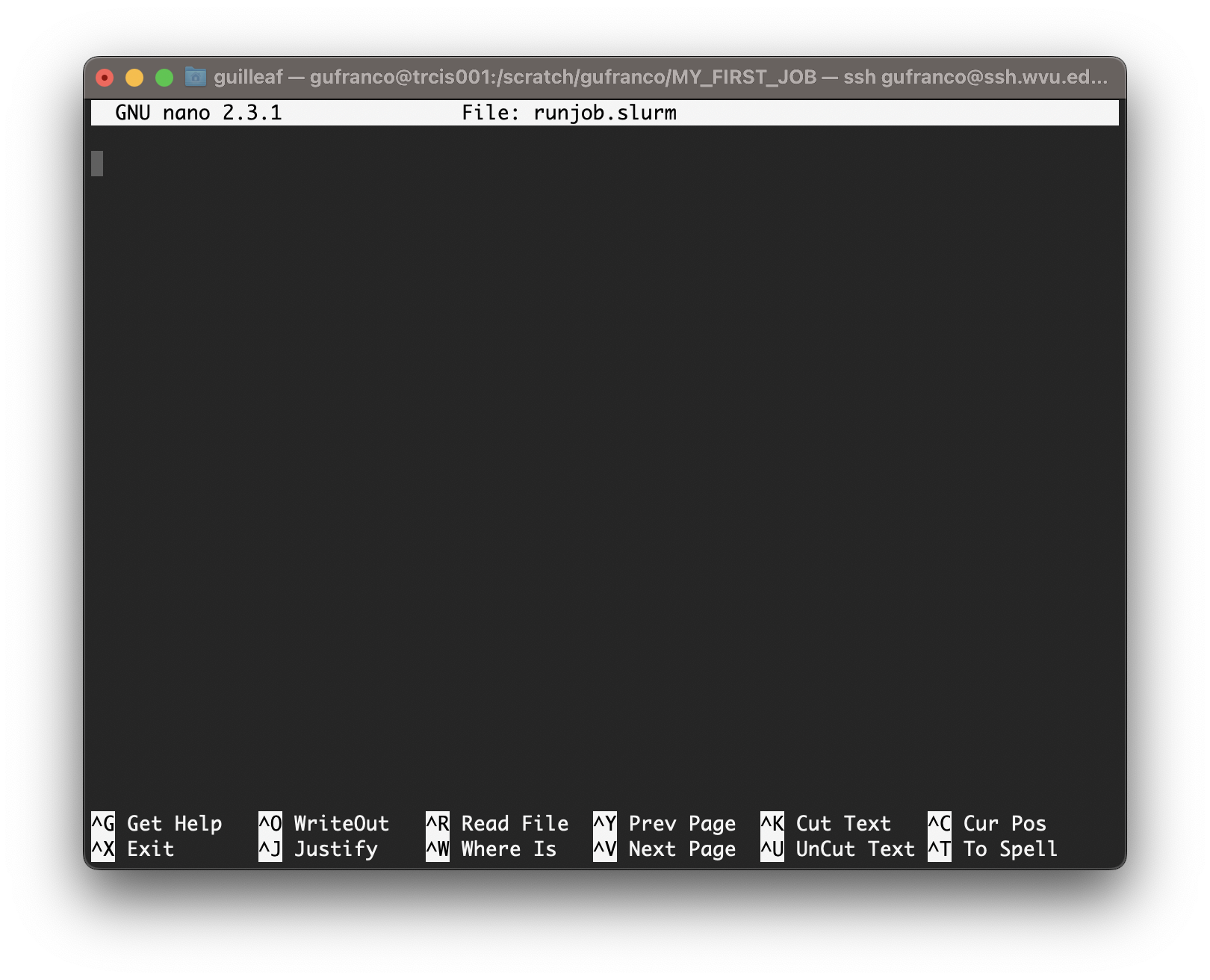
Terminal-based text editor nano
Figure 2
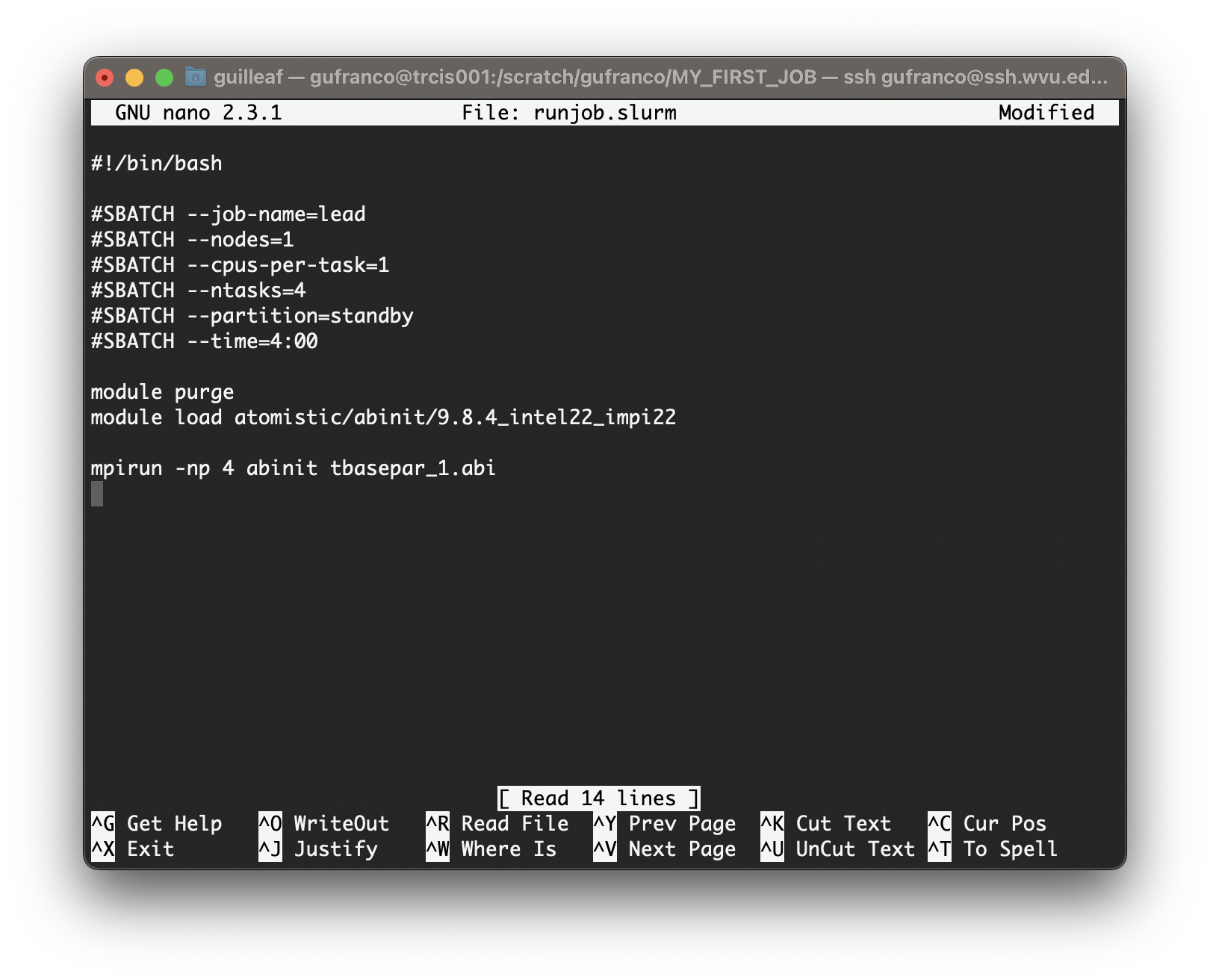
Terminal-based text editor nano
Command Line Interface: The Shell
Figure 1
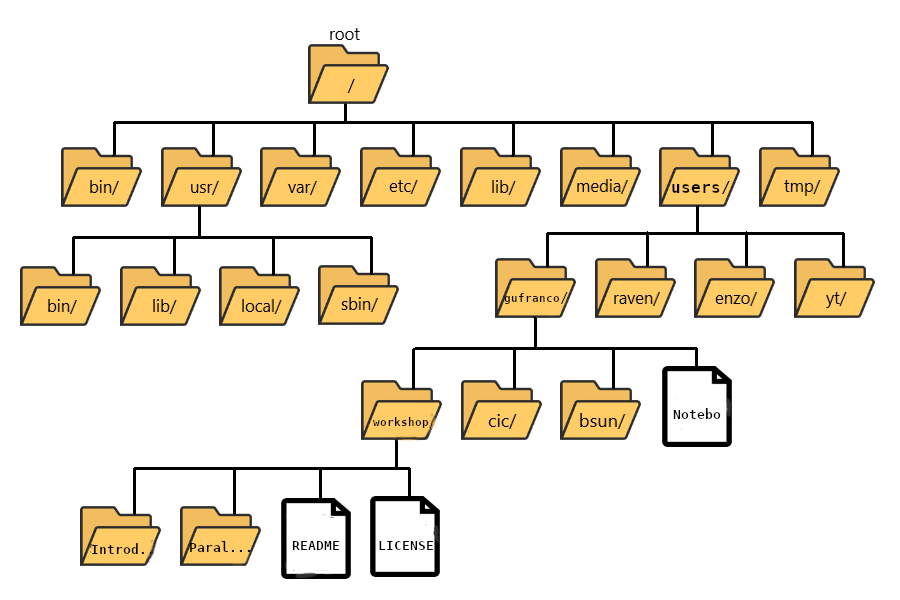
File Tree
Terminal-based Text Editors: nano, emacs and vim
Figure 1
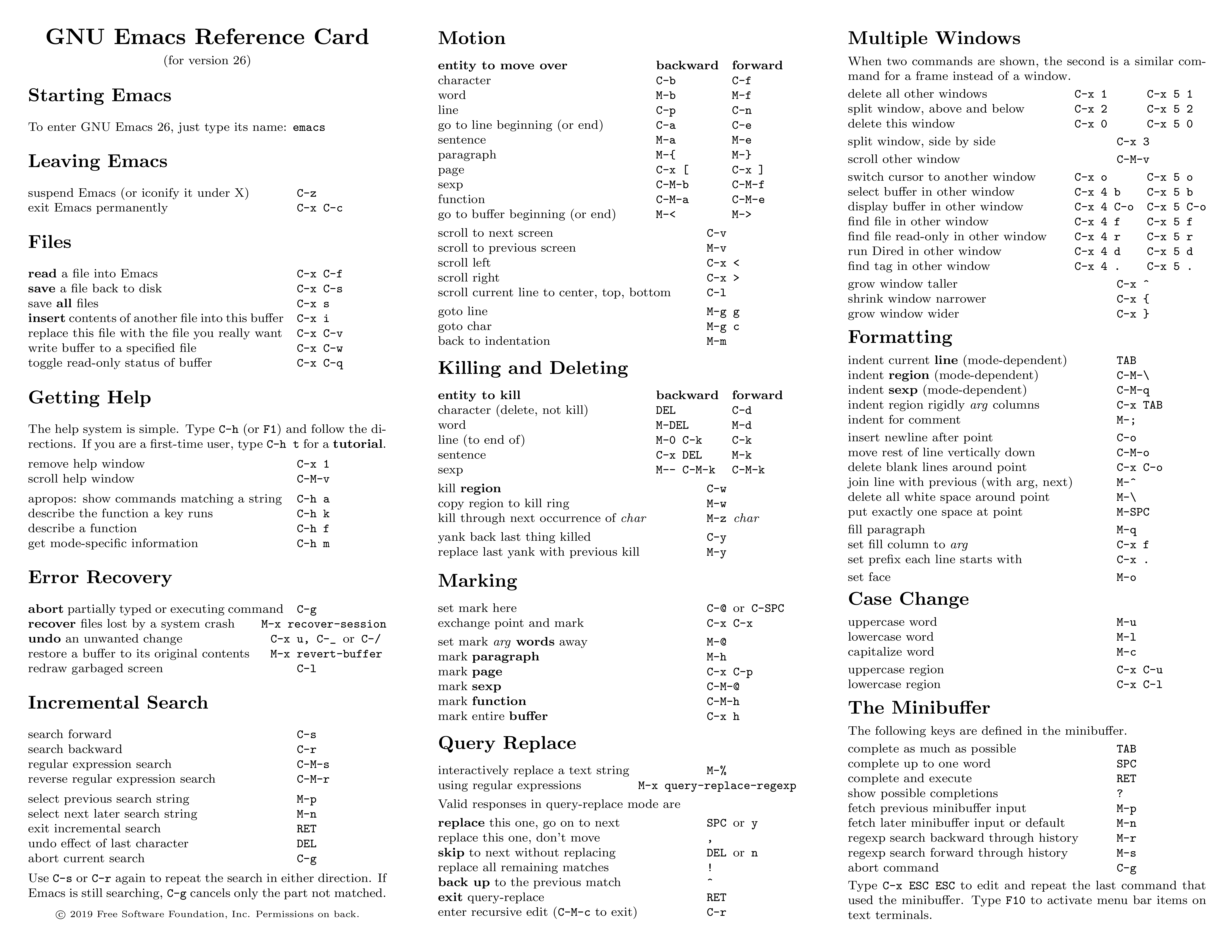
emacs Reference Card (page 1)
Figure 2
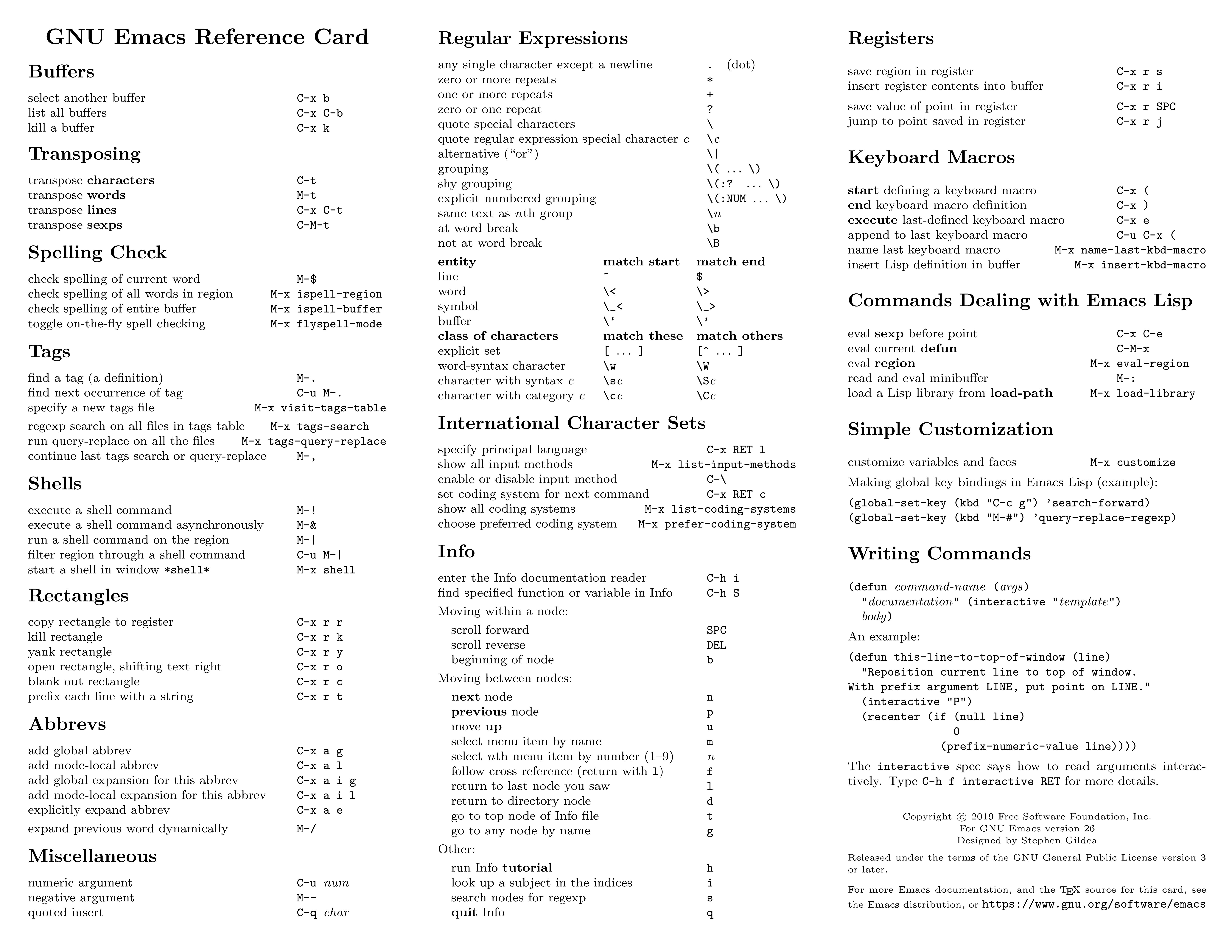
emacs Reference Card (page 2)
Figure 3
Figure 4

Data Transfer: Globus
Figure 1
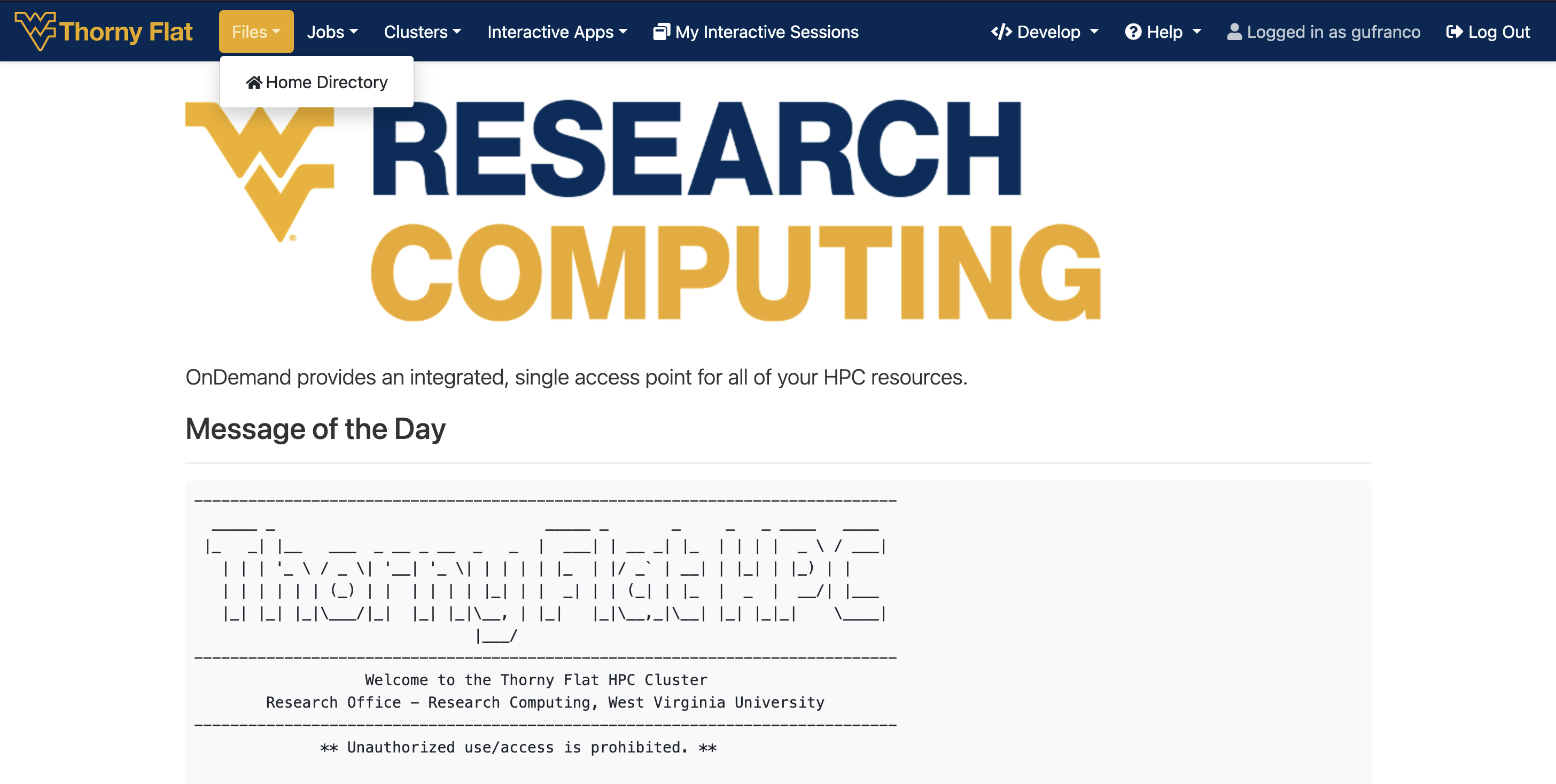
Open OnDemand - Dashboard
Figure 2
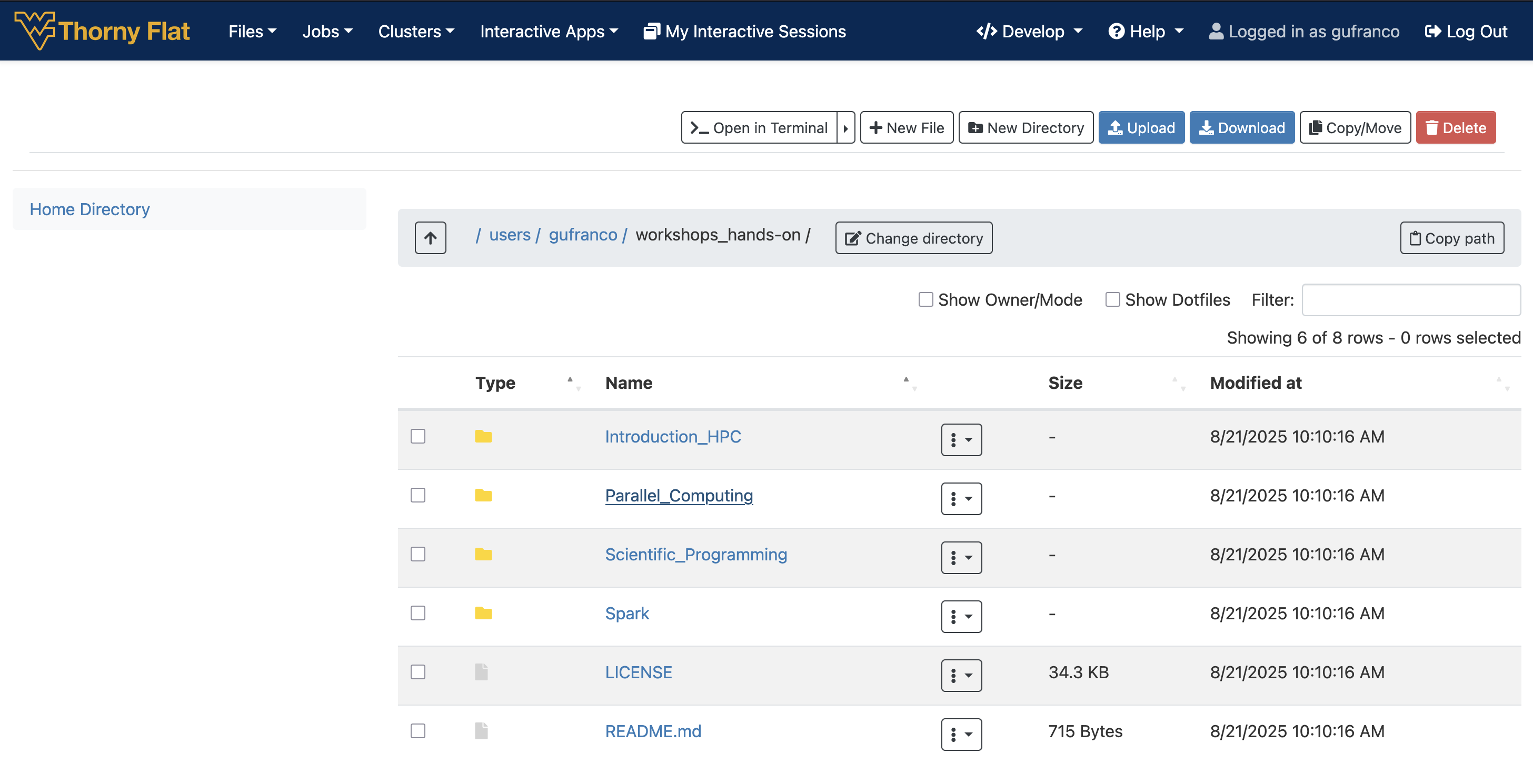
Open OnDemand - File Manager
Figure 3
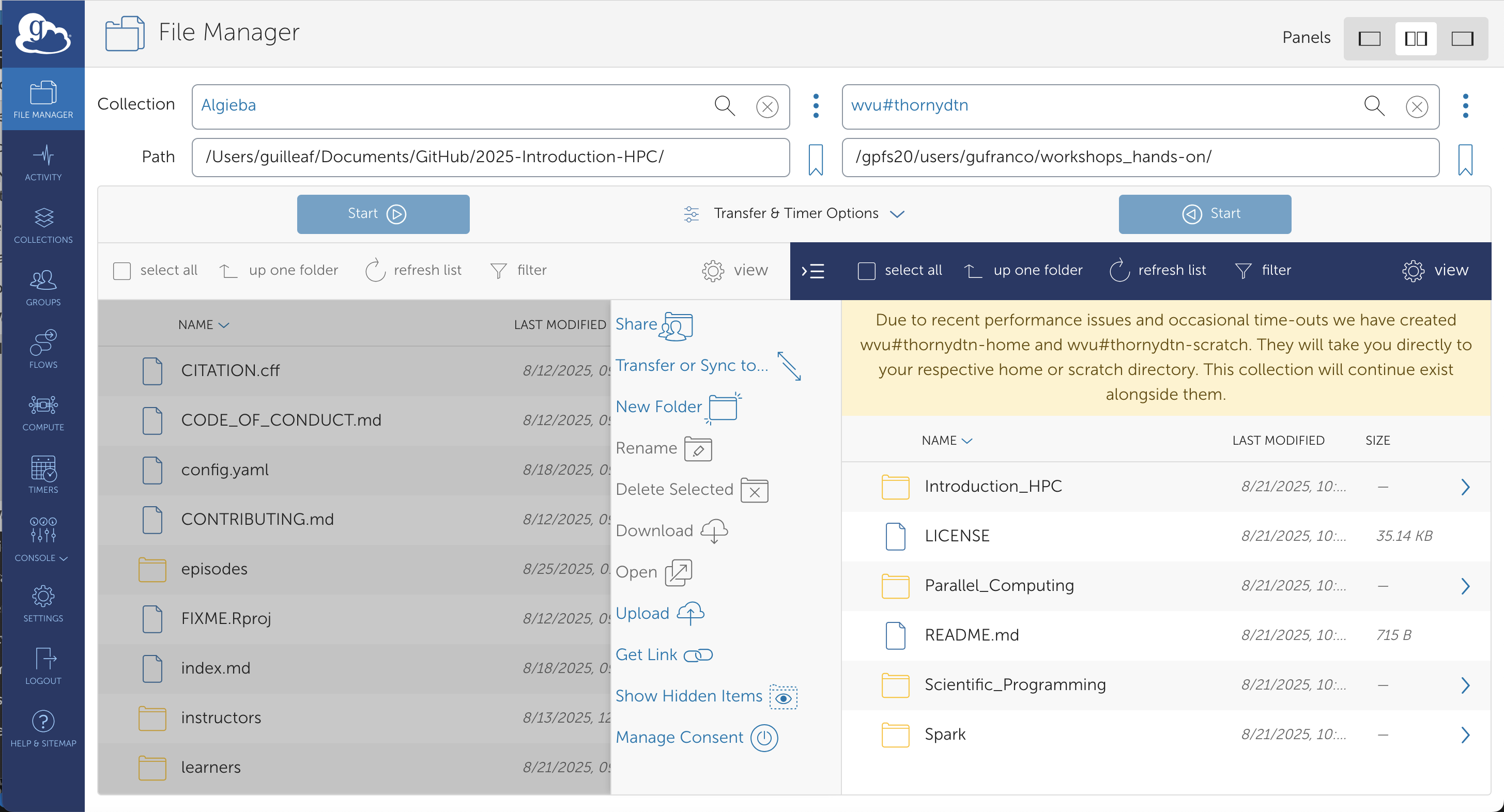
Globus Online - File Transfer App
Figure 4

Globus Online Web Page
Figure 5
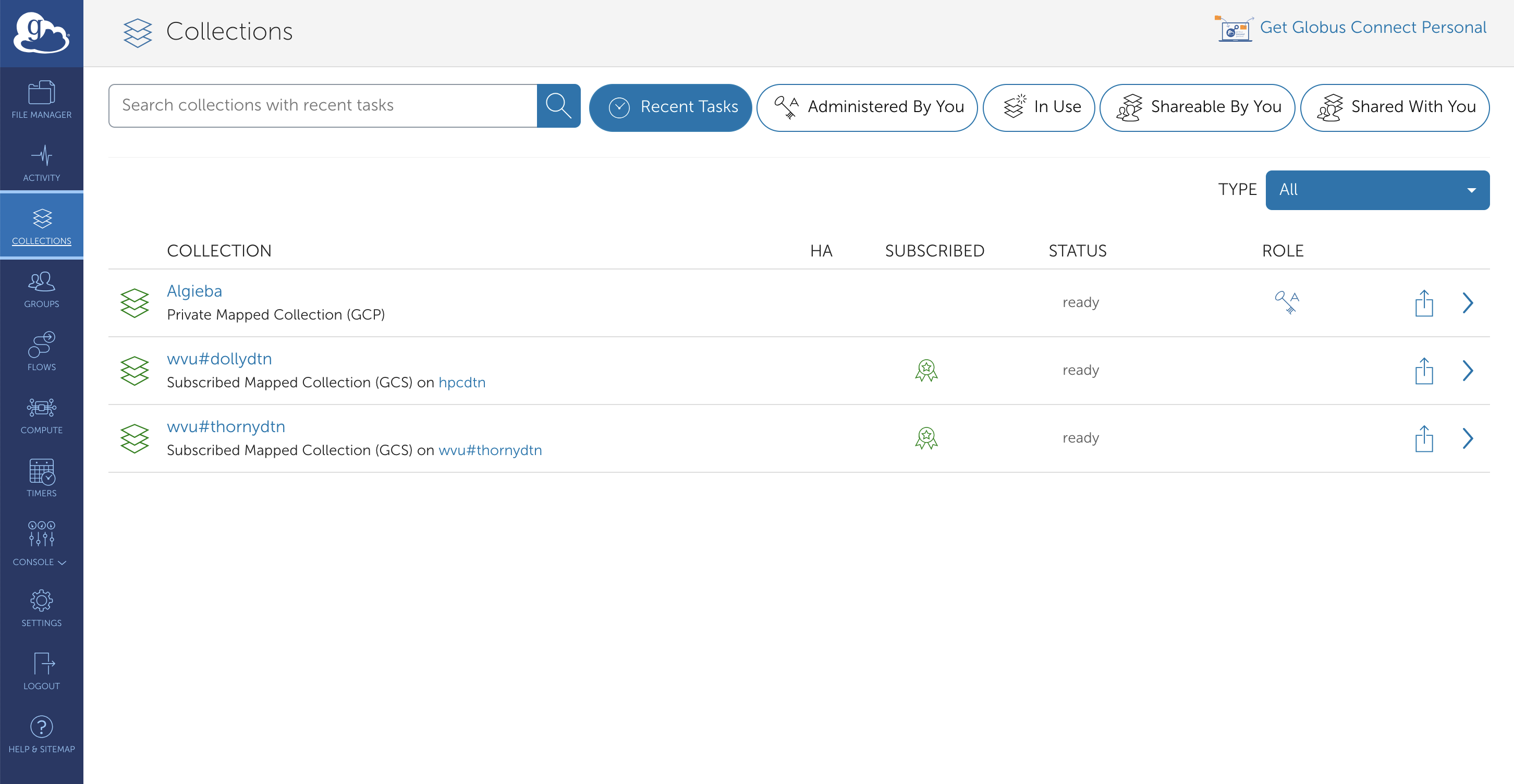
Globus Online Collections
Workload Manager: Slurm
Figure 1
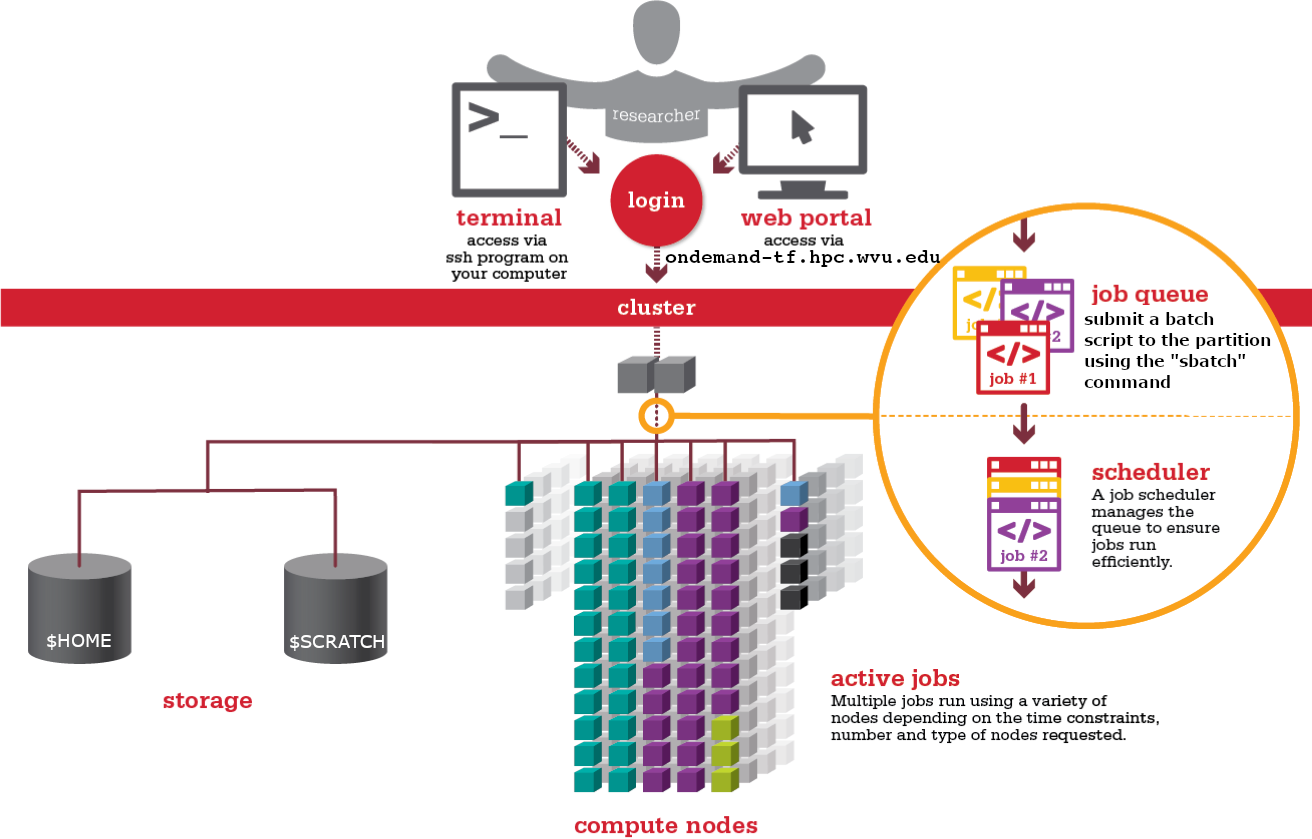
Why do supercomputers use queueing?
Figure 2
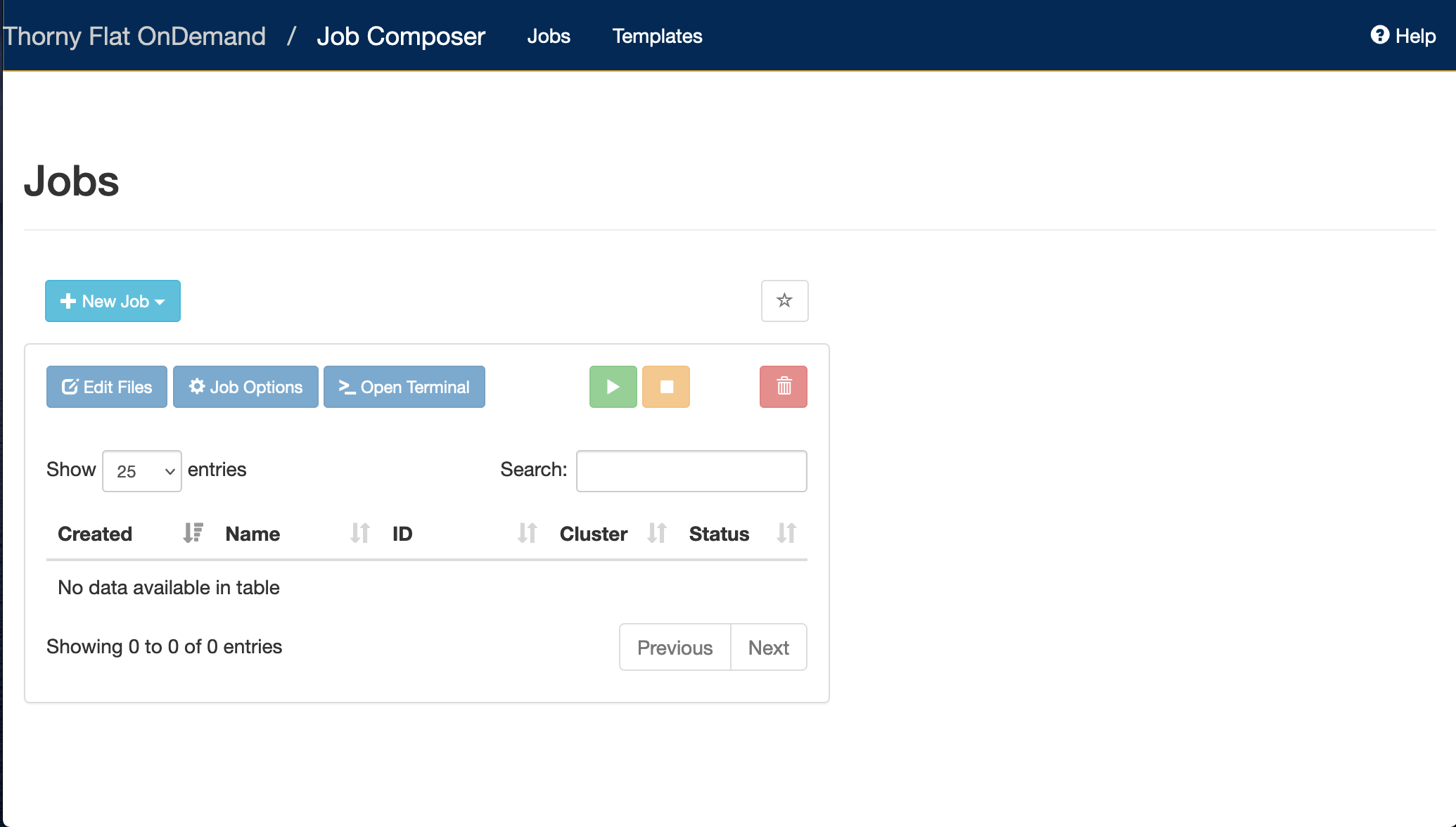
NewJob
Figure 3

JobOptions
Software on HPC Clusters: modules, conda and containers
Terminal Multiplexing: tmux
Figure 1

tmux logo
Figure 2
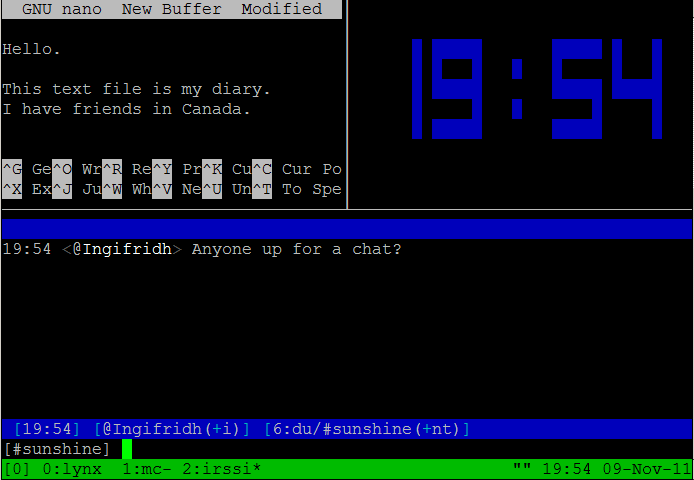
Example of a tmux window
Figure 3
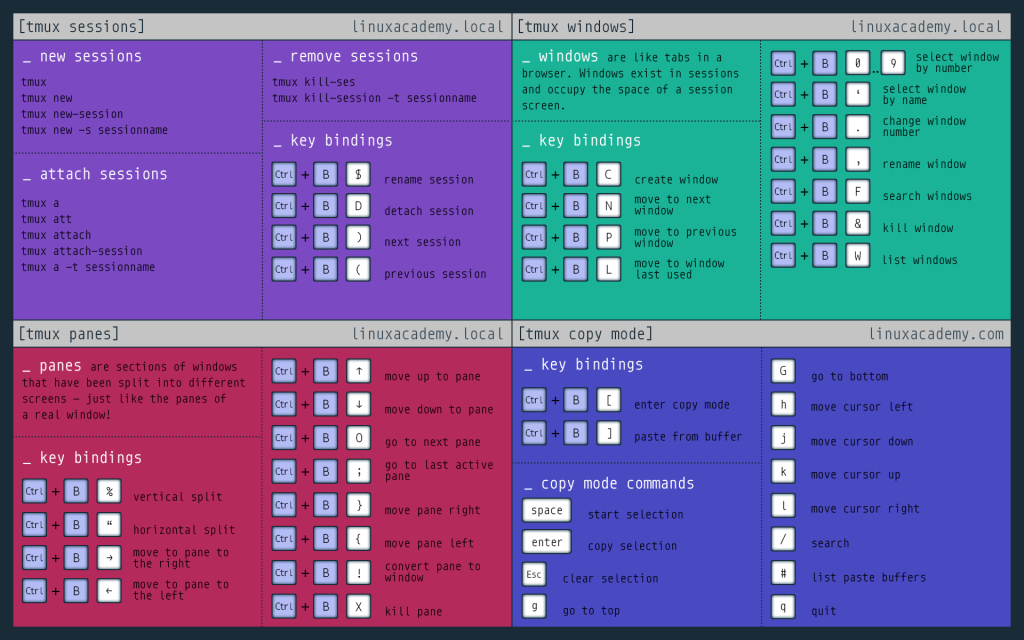
tmux cheat sheet
